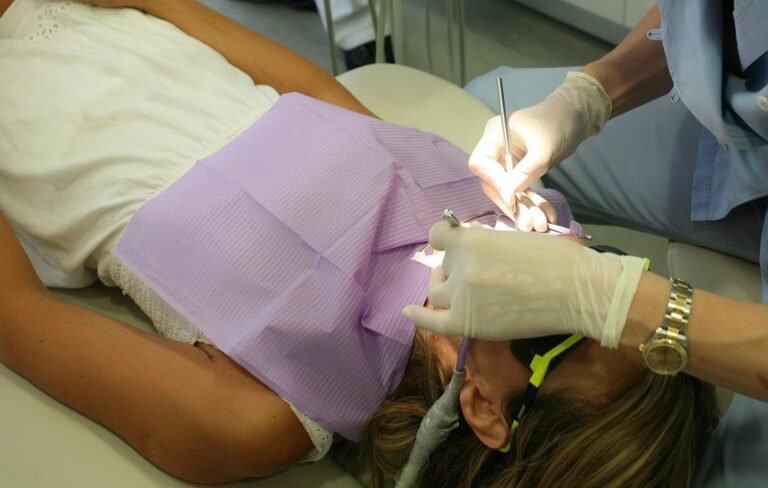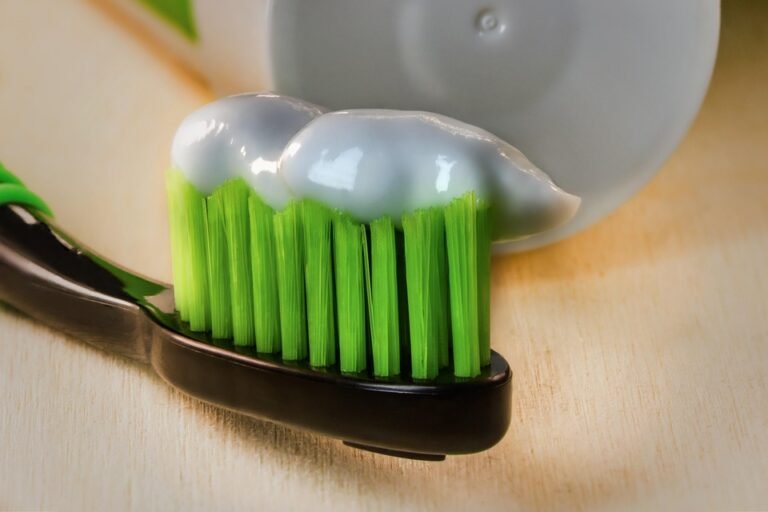What are the future trends in bio-inspired dental materials
Okay, so I’m a dental student and I’m trying to get ahead of the curve. I’m really fascinated by biomimicry and how we can use natural processes and materials to improve dental care. We’ve seen some movement already, with things like bioactive glass and some attempts at mimicking enamel structure, but I’m wondering what’s really on the horizon.
Specifically, I’m curious about:
- What are the most promising bio-inspired materials being researched right now? Are we talking more about synthetic enamel/dentin replacements? Scaffolds for tissue regeneration? Something else entirely? I’m interested in everything from fillings to implants to periodontal treatments.
- What are the key challenges hindering the development and widespread adoption of these materials? Is it cost, biocompatibility, mechanical properties, manufacturing difficulties, regulatory hurdles, or something else?
- What role will nanotechnology play in future bio-inspired dental materials? I hear a lot about it, but I’m not sure how practically it will be applied. Will we be able to create materials with nanoscale structures that perfectly mimic natural tooth tissues?
- How are advances in 3D printing and other advanced manufacturing techniques influencing this field? Can we expect to see customized, bio-inspired implants and restorations being routinely printed in dental offices?
- Where can I find the latest research and developments in this area? Any specific journals, conferences, or research groups I should be following? I need some real cutting-edge info.
I’m hoping to specialize in restorative dentistry or prosthodontics, so understanding these future trends feels really important. Any insights you can offer would be greatly appreciated!
Answer
Future trends in bio-inspired dental materials are focused on creating materials that mimic the structure, composition, and functionality of natural tooth components to improve biocompatibility, durability, aesthetics, and therapeutic potential. These trends encompass several key areas:
1. Biomimetic Mineralization:
- Guided Enamel Regeneration: Researchers are exploring techniques to guide the remineralization of enamel lesions by mimicking the natural enamel formation process. This involves using biomimetic peptides, proteins (like amelogenin and enamelin), and self-assembling matrices to direct the deposition of hydroxyapatite crystals in a highly ordered and oriented manner, similar to natural enamel.
- Biomineralization Templates: Employing organic templates, such as collagen scaffolds or peptide-amphiphiles, to control the nucleation and growth of calcium phosphate crystals. This allows for the creation of mineralized structures with controlled morphology, size, and orientation, leading to materials with improved mechanical properties and aesthetics.
- Amorphous Calcium Phosphate (ACP) Stabilizers: Developing strategies to stabilize ACP, a precursor to hydroxyapatite, in dental materials. ACP has the potential to rapidly remineralize enamel and dentin. Stabilization involves incorporating polymers, inorganic ions, or other additives to prevent premature crystallization and enhance its bioavailability for remineralization.
2. Collagen-Based Materials:
- Reinforced Collagen Composites: Improving the mechanical properties of collagen-based materials by incorporating reinforcing agents such as hydroxyapatite nanoparticles, bioactive glasses, or synthetic polymers. This aims to create restorative materials that better mimic the structure and mechanical behavior of dentin.
- Cross-linking Strategies: Developing novel cross-linking methods to enhance the stability and durability of collagen matrices. This includes using natural cross-linkers like genipin or enzymatic cross-linking to improve the resistance of collagen to degradation by collagenases.
- Cell-Interactive Scaffolds: Designing collagen scaffolds that promote cell adhesion, proliferation, and differentiation of dental cells (e.g., odontoblasts, pulp cells). This involves incorporating cell-adhesive peptides or growth factors into the collagen matrix to enhance tissue regeneration and repair.
3. Bioactive Glass and Ceramics:
- Tailored Composition: Modifying the composition of bioactive glasses to optimize their bioactivity, degradation rate, and therapeutic ion release. This includes incorporating ions like strontium, zinc, or fluoride to enhance remineralization, antibacterial activity, or bone regeneration.
- 3D-Printed Scaffolds: Using 3D printing to create porous bioactive glass or ceramic scaffolds with controlled architecture and porosity. These scaffolds can be used for bone regeneration or as carriers for growth factors or cells.
- Surface Modification: Modifying the surface of bioactive ceramics with biomimetic coatings or peptide layers to enhance their interaction with cells and tissues. This can improve biocompatibility, promote cell adhesion, and accelerate bone integration.
4. Self-Healing Materials:
- Microcapsule-Based Systems: Incorporating microcapsules containing healing agents (e.g., resin monomers, remineralizing agents) into dental materials. When cracks form, the microcapsules rupture and release the healing agents, which then polymerize or precipitate to repair the damage.
- Vascular-like Networks: Creating artificial vascular-like networks within dental materials to transport healing agents or nutrients to the site of damage. This mimics the natural healing mechanisms in biological tissues and allows for more efficient and localized repair.
- Shape-Memory Polymers: Utilizing shape-memory polymers that can respond to stimuli (e.g., temperature, pH) to repair cracks or defects in dental materials. These polymers can change their shape to close cracks or release healing agents upon activation.
5. Antimicrobial Strategies:
- Biofilm-Resistant Surfaces: Developing surfaces that inhibit bacterial adhesion and biofilm formation. This involves modifying the surface chemistry or topography of dental materials to reduce bacterial attachment or incorporating antimicrobial agents into the material matrix.
- Quorum Sensing Inhibition: Targeting bacterial quorum sensing, a communication system that regulates biofilm formation. This involves incorporating quorum-sensing inhibitors into dental materials to disrupt bacterial communication and prevent biofilm development.
- Antimicrobial Peptides: Incorporating antimicrobial peptides (AMPs) into dental materials to kill or inhibit the growth of bacteria. AMPs are naturally occurring peptides with broad-spectrum antimicrobial activity and are less prone to inducing resistance compared to conventional antibiotics.
6. Advanced Manufacturing Technologies:
- 3D Printing (Additive Manufacturing): Utilizing 3D printing techniques to create custom-designed dental restorations, implants, and scaffolds with high precision and complex geometries. This allows for the fabrication of personalized dental devices that are tailored to the specific needs of each patient.
- Microfluidics: Employing microfluidic devices to precisely control the mixing and deposition of biomaterials. This enables the creation of microscale structures with controlled composition and architecture, such as layered coatings or gradient materials.
- Electrospinning: Using electrospinning to create nanofibrous scaffolds for tissue engineering applications. Electrospun scaffolds mimic the extracellular matrix and provide a favorable environment for cell adhesion, proliferation, and differentiation.
7. Integration of Nanotechnology:
- Nanoparticle Reinforcement: Incorporating nanoparticles (e.g., hydroxyapatite, silica, zirconia) into dental materials to improve their mechanical properties, wear resistance, and aesthetics.
- Drug Delivery Systems: Using nanoparticles as carriers for delivering therapeutic agents (e.g., antibiotics, growth factors, anti-inflammatory drugs) to specific sites in the oral cavity. This allows for targeted drug delivery and reduces systemic side effects.
- Nanocoatings: Applying nanocoatings to dental materials to improve their biocompatibility, antimicrobial properties, or wear resistance.
8. Personalized and Regenerative Dentistry:
- Patient-Specific Materials: Developing dental materials that are tailored to the individual patient’s needs, taking into account factors such as age, health status, and genetic predisposition.
- Stem Cell-Based Therapies: Exploring the use of stem cells to regenerate damaged or diseased dental tissues. This involves creating scaffolds that support stem cell differentiation into odontoblasts, pulp cells, or periodontal ligament cells.
- Gene Therapy: Investigating the use of gene therapy to stimulate the expression of genes that promote tissue regeneration or repair.
These future trends in bio-inspired dental materials aim to revolutionize dental treatments by creating materials that are not only biocompatible and durable but also actively promote tissue regeneration, prevent infection, and improve the overall health of the oral cavity. The integration of advanced materials science, nanotechnology, and biotechnology will be crucial in realizing these advancements.


